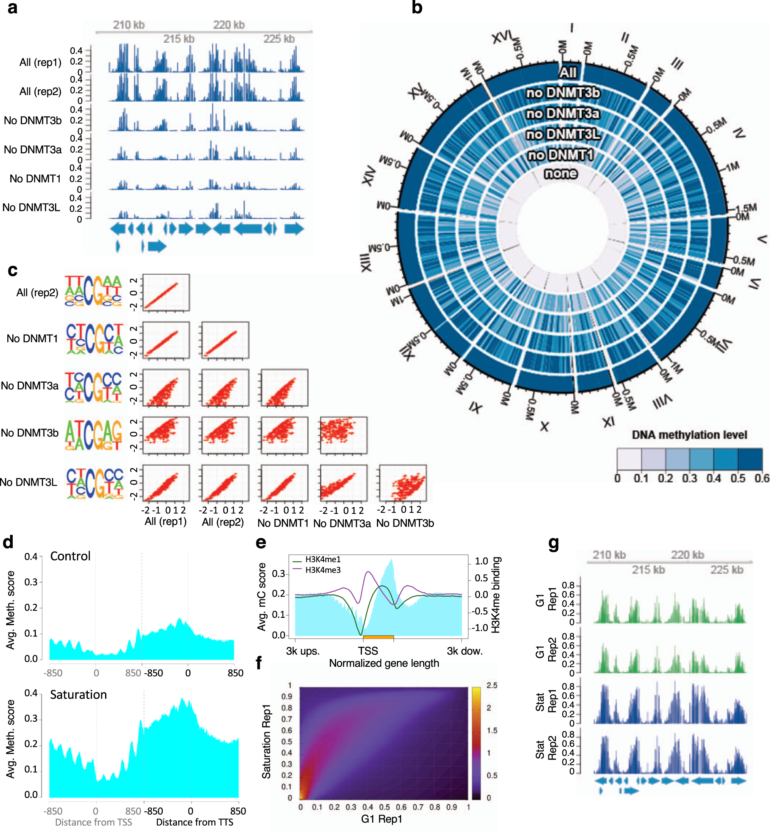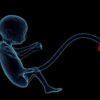The genome (the code of life) is organized in the form of folded chromosomes within the nucleus of cells. This three-dimensional organization of the genome is fundamental, as it determines which genes are switched on and off in each cell type. Comparing whole genome sequences from different species allows for the study of evolutionary dynamics and the role of chromatin organization in the speciation process.
An international team of researchers led by the Universitat Autònoma de Barcelona (UAB) has described how the three-dimensional structure of the genome has evolved during the diversification of mammals, identifying different patterns of chromosome folding within the cell nucleus.
Published in Cell Reports, the study also involved researchers from the National Centre for Genome Analysis (CNAG-CRG) of the Centre for Genomic Regulation (CRG), and the universities of Kent (UK), Stellenbosch (South Africa) and the Australian universities of New South Wales (Sydney), Canberra and Melbourne.
“Our work shows the dynamics of three-dimensional genome organization in different mammalian species. The results suggest that chromosome folding influences the patterns of genome evolution and provide new interpretative insights on the mechanisms responsible for the origin and plasticity of genome architecture,” says the study coordinator Aurora Ruiz-Herrera, associated professor in the Department of Cell Biology, Physiology and Immunology and in the Institute of Biotechnology and Biomedicine (IBB) at the UAB.
“In short, we show the existence of different degrees of genome folding in different species and its relationship with evolution.”
The research team studied the genome organization of somatic cells of several mammalian species, including mammals of African origin and marsupials. The study, carried out by comparing the genomes of different species of placental mammals, has also allowed the reconstruction of the genome of the common ancestor shared by these species.
The analysis carried out using high-throughput sequencing techniques, made it possible to identify specific patterns of chromosome folding in the cells of several species. This is the case of the African elephant and the aardvark among the afrotherians, and the Tasmanian devil and the kangaroo among the marsupials. The study shows that lineage-specific chromosomal rearrangements can lead to different configurations of the three-dimensional structure of the genome.
“We found that chromosomes are not organized and arranged in the same way within the cell nucleus in all mammalian species. In fact, we have identified a very particular disposition of chromosomes in marsupials that had only been described in some invertebrate and yeast species,” explains Lucía Álvarez González, predoctoral researcher at the UAB and first author of the study.
“This shows us that the organization of the genome in mammals, especially in the case of marsupials, is much more diverse than ever seen before,” says Aurora Ruiz-Herrera.
The study opens up new avenues of research. “Studying the dynamics of genome organization in phylogenetically distant species can provide new functional and evolutionary insights, which have so far been less explored,” concludes Aurora Ruiz-Herrera.
More information:
Lucía Álvarez-González et al, Principles of 3D chromosome folding and evolutionary genome reshuffling in mammals, Cell Reports (2022). DOI: 10.1016/j.celrep.2022.111839
Provided by
University of Barcelona
Citation:
3D structure of mammalian genome reveals record-breaking diversity (2022, December 20)



